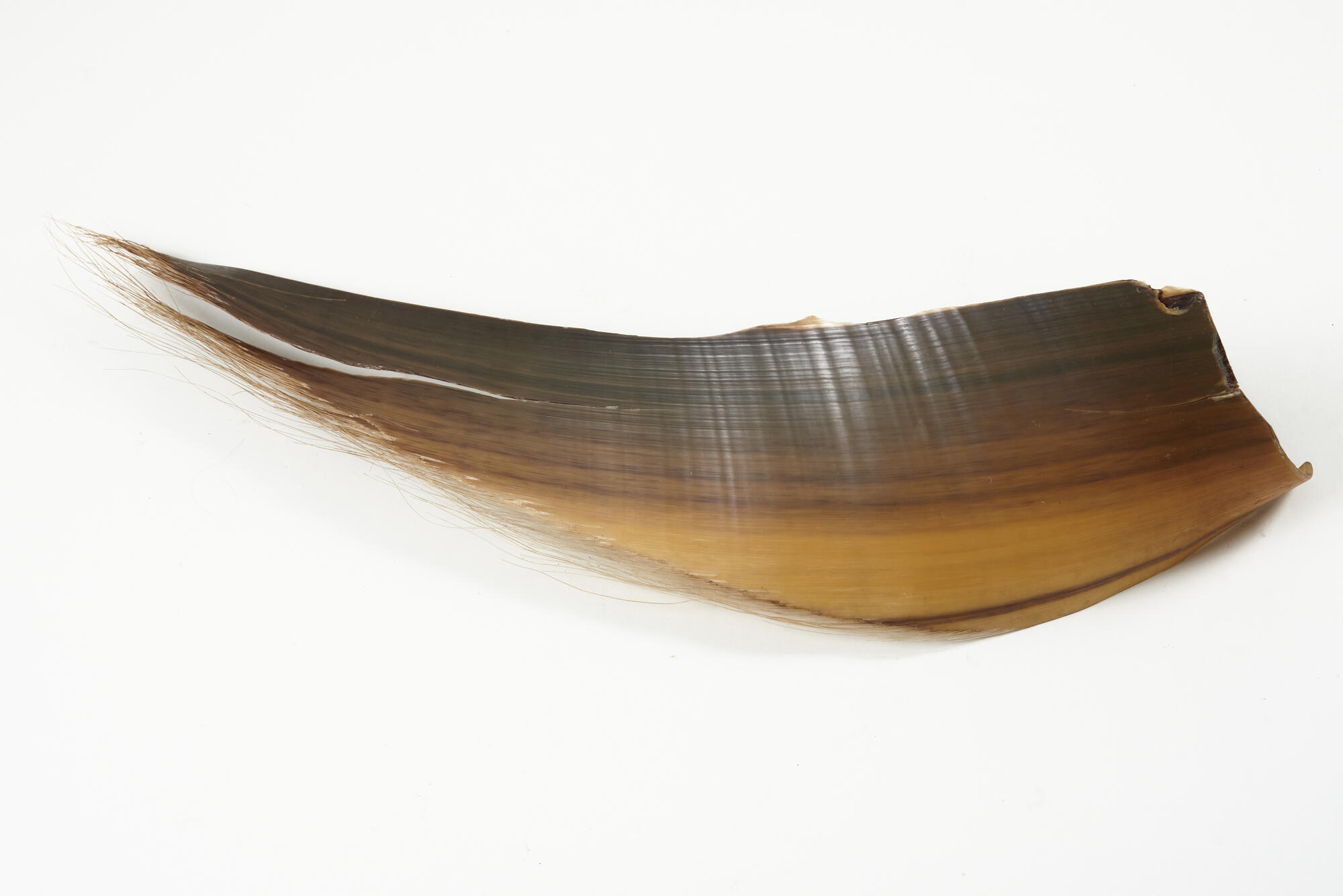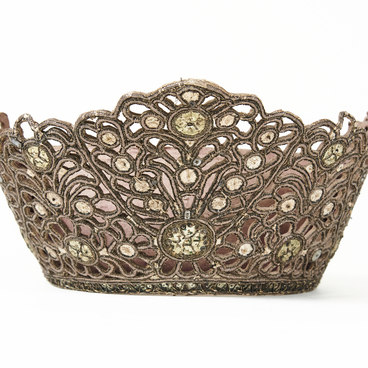In the past, whalebone used to be a very valuable commodity, but today it serves as a reminder of the culture that no longer exists. Whalebone was used to sew women’s corsets, and make umbrella frames, as well as hair and clothes brushes (by the way, they are still highly valued nowadays). For a long time, this was the main drive of whaling — the sale of whalebone alone covered the costs of equipping an entire expedition.
High demand for whalebone was due to its long lasting quality: this is a horn-like material consisting of thin long bristles in the mouth of the whale. It serves as a kind of sieve, which does not let plankton and small fish through. Before the use of plastic, whalebone was perhaps the most valuable material for the production of many things.
The women’s corset, which was considered a necessary part of the women’s wardrobe for several centuries, was made of metal until the end of the 17th century. It was not comfortable and often led to injuries. Only in the 18th century, tailors began to use fabric and the more flexible whalebone for making corsets. A century later, corsets became machine-made and hence became more affordable for the public. Whalebone still remained the main material used in the production. Throughout the 19th century, the corset continued to be at the peak of its popularity. In 1870, it took about 40 plates of whalebone to make one corset.
Upholstered furniture and mattresses were stuffed with it, chair seats were woven from it, and grids and sieves were made of it. The finer fibers were used for making wigs and sewing clothes — especially underwear. Whalebone was valued for its flexibility, elasticity and durability. It was a versatile and high-quality material, for which the customers spared no expense.
At the same time, whaling was extremely unsustainable. The demand for whalebone and whale oil led to a sharp decline in the population of these mammals. It was only in 1931 that the first International Whaling Commission met, which set the goal of taking this process under control and stopping the extermination of whales.
High demand for whalebone was due to its long lasting quality: this is a horn-like material consisting of thin long bristles in the mouth of the whale. It serves as a kind of sieve, which does not let plankton and small fish through. Before the use of plastic, whalebone was perhaps the most valuable material for the production of many things.
The women’s corset, which was considered a necessary part of the women’s wardrobe for several centuries, was made of metal until the end of the 17th century. It was not comfortable and often led to injuries. Only in the 18th century, tailors began to use fabric and the more flexible whalebone for making corsets. A century later, corsets became machine-made and hence became more affordable for the public. Whalebone still remained the main material used in the production. Throughout the 19th century, the corset continued to be at the peak of its popularity. In 1870, it took about 40 plates of whalebone to make one corset.
Upholstered furniture and mattresses were stuffed with it, chair seats were woven from it, and grids and sieves were made of it. The finer fibers were used for making wigs and sewing clothes — especially underwear. Whalebone was valued for its flexibility, elasticity and durability. It was a versatile and high-quality material, for which the customers spared no expense.
At the same time, whaling was extremely unsustainable. The demand for whalebone and whale oil led to a sharp decline in the population of these mammals. It was only in 1931 that the first International Whaling Commission met, which set the goal of taking this process under control and stopping the extermination of whales.



